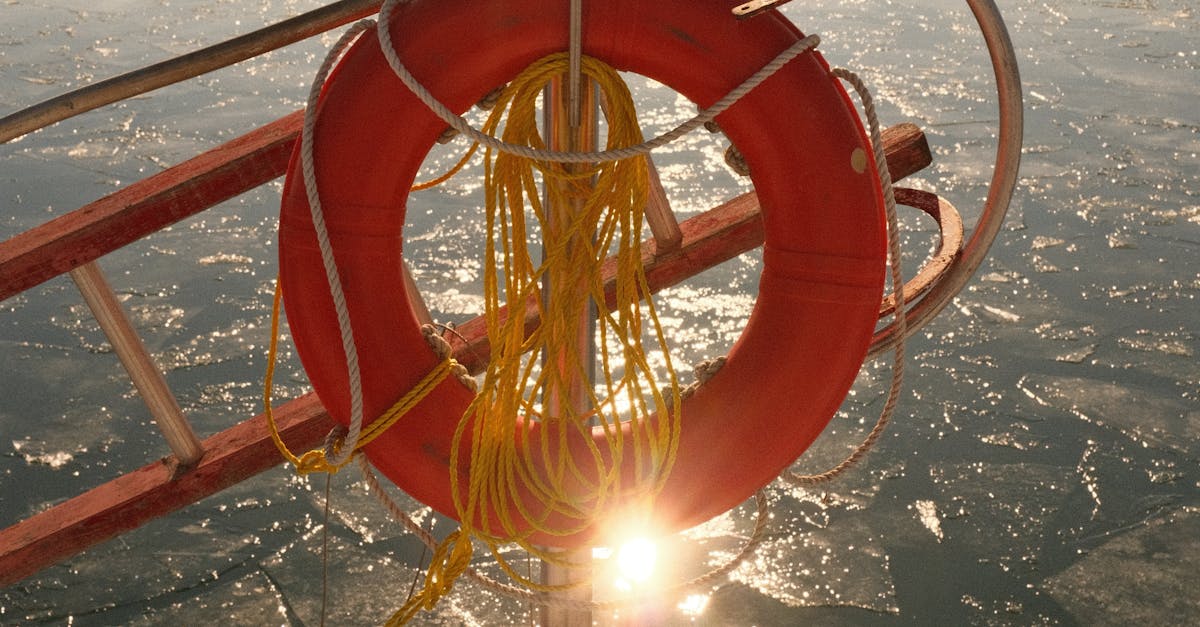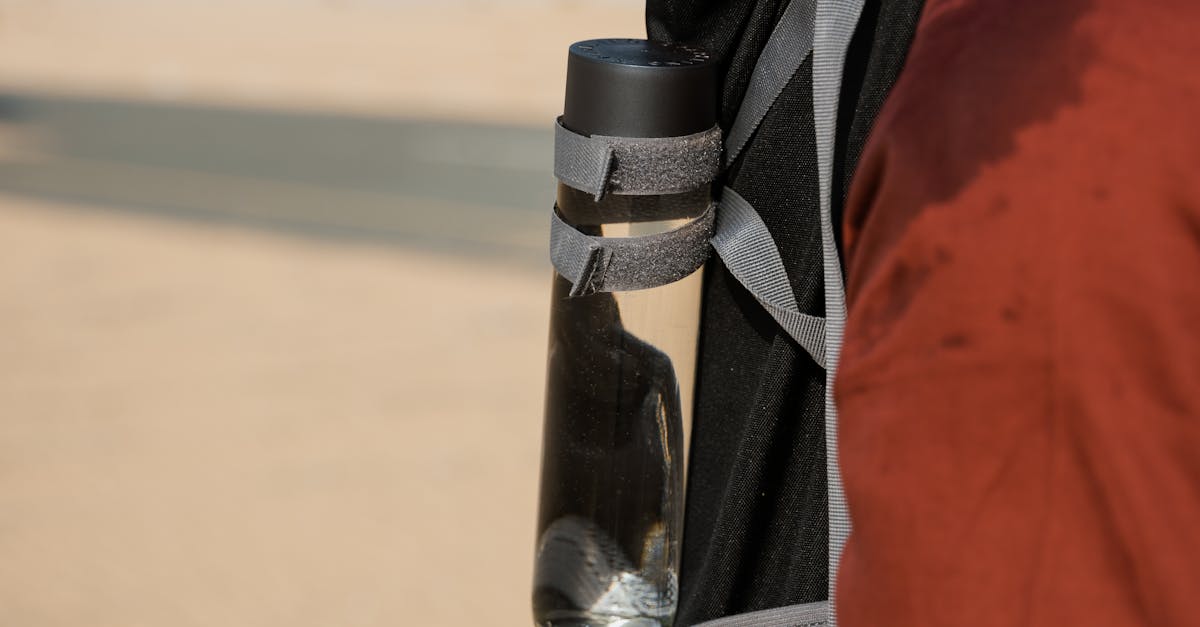
Table Of Contents
Assessing Pilot Light and Ignition Systems
A common reason for a lack of hot water can stem from issues with the pilot light or ignition system of your water heater. If the pilot light is out, it could be due to a draft, an insufficient gas supply, or a faulty thermocouple. Checking the status of the pilot light should be one of the first steps in your troubleshooting process. Ensure the area around the water heater is clear of obstructions that might affect ventilation.
If your water heater uses an electronic ignition system, make sure that the electrical supply is functioning properly. A tripped circuit breaker or blown fuse can prevent the ignition system from operating, leading to no hot water. If you find that neither the pilot light nor the ignition system is the issue, consider contacting a professional for emergency hot water repair to address more complicated problems.
Troubleshooting Gas Water Heaters
If you find yourself without hot water, the first step is to check the gas supply. Ensure the gas valve is open, and there are no disruptions in the gas line. A common cause for a lack of hot water is a pilot light that has gone out. If this is the case, follow the manufacturer's instructions to safely relight the pilot. Additionally, take a moment to inspect the thermostat settings, as an incorrect setting could lead to insufficient heating.
Another troubleshooting approach involves examining the burner assembly. Dirt or debris may block the burner, preventing efficient heating. Clearing away any obstructions can improve performance significantly. If these troubleshooting steps do not resolve the issue, it might be time to consider emergency hot water repair. Persistent problems could indicate a more serious malfunction that requires the expertise of a professional to ensure safe and effective solutions.
Identifying Sediment BuildUp
Sediment build-up in a water heater can significantly hinder its performance. Over time, minerals such as calcium and magnesium settle at the bottom of the tank. This accumulation can insulate the water from the heat source, resulting in inefficient heating and ultimately less hot water available for use. Regular maintenance is essential to prevent this issue, as it can lead to more severe problems that require emergency hot water repair.
Identifying sediment build-up involves a few simple checks. One common sign is a popping or rumbling noise while the heater is in operation, which indicates that water is struggling to circulate properly. Additionally, if you notice a decrease in hot water supply or inconsistent water temperature, it may signify that sediment is obstructing the heating elements. Routine flushing of the tank can help mitigate these concerns and prolong the lifespan of the unit.
The Impact of Mineral Deposits
Mineral deposits often accumulate at the bottom of water heaters, particularly in areas with hard water. This build-up can Insulate the heating element, making it less efficient. As a result, the water doesn't reach the desired temperature. Over time, this can lead to inconsistent hot water supply, prompting homeowners to consider emergency hot water repair if the problem worsens.
Moreover, neglecting to address sediment accumulation can lead to more significant issues, including complete water heater failure. When mineral deposits harden, they may cause the heater to work harder, increasing energy bills and decreasing overall lifespan. Regular maintenance and flushing of the tank can prevent these complications, but when problems arise, seeking timely emergency hot water repair is essential to restore reliable service.
Understanding Temperature Pressure Relief Valve Issues
The temperature pressure relief valve plays a crucial role in maintaining the safety and efficiency of your water heater. It serves as a safety device that releases excess pressure and temperature, preventing the tank from bursting or experiencing catastrophic failure. If this valve malfunctions, it can lead to problems such as inadequate hot water supply or an overheated tank. Regular inspection of this component is vital for ensuring that it functions properly.
Signs of a malfunctioning temperature pressure relief valve can include leaks, rust, or continuous discharge of water. If you notice any of these issues, it might be necessary to perform an emergency hot water repair. Ignoring valve problems can cause further damage to your water heating system, leading to a more extensive and costly repair process down the line. Addressing these concerns promptly can help maintain a reliable hot water supply in your home.
Signs of a Malfunctioning Valve
A malfunctioning temperature pressure relief valve can lead to serious issues, including the risk of excessive pressure build-up in your water heater. Signs to watch for include water pooling around the valve or an unusual hissing noise that may indicate steam escaping. If you notice these symptoms, it’s vital to address them promptly. Ignoring these warning signs can lead to a complete failure of the water heater, potentially requiring emergency hot water repair.
In some cases, the valve may simply be stuck, causing it to leak or fail to operate correctly. Regular maintenance can help prevent these issues, but when problems arise, they should not be ignored. A malfunctioning valve can compromise the safety and efficiency of your water heating system. If you suspect a problem, it may be time to consult a professional to evaluate the situation and recommend necessary repairs.
FAQS
What should I check first if I have no hot water?
First, check the pilot light if you have a gas water heater. If the pilot light is out, relight it according to the manufacturer's instructions. If you have an electric heater, check the circuit breaker to see if it has tripped.
How can I tell if there is sediment build-up in my water heater?
Signs of sediment build-up include unusual noises coming from the tank, fluctuating water temperatures, and discolored or cloudy water. Flushing the tank can help eliminate sediment and improve performance.
What are the signs of a malfunctioning temperature pressure relief valve?
A malfunctioning valve may cause water to leak or drip from the valve, strange noises, or a lack of hot water. If you suspect an issue, it's important to have it inspected and repaired by a professional.
How often should I flush my water heater to prevent sediment build-up?
It is recommended to flush your water heater at least once a year to prevent sediment build-up and ensure optimal performance.
Can mineral deposits affect my hot water supply?
Yes, mineral deposits can accumulate inside your water heater and pipes, leading to reduced efficiency, lower hot water output, and potential damage over time. Regular maintenance can help mitigate this issue.



















